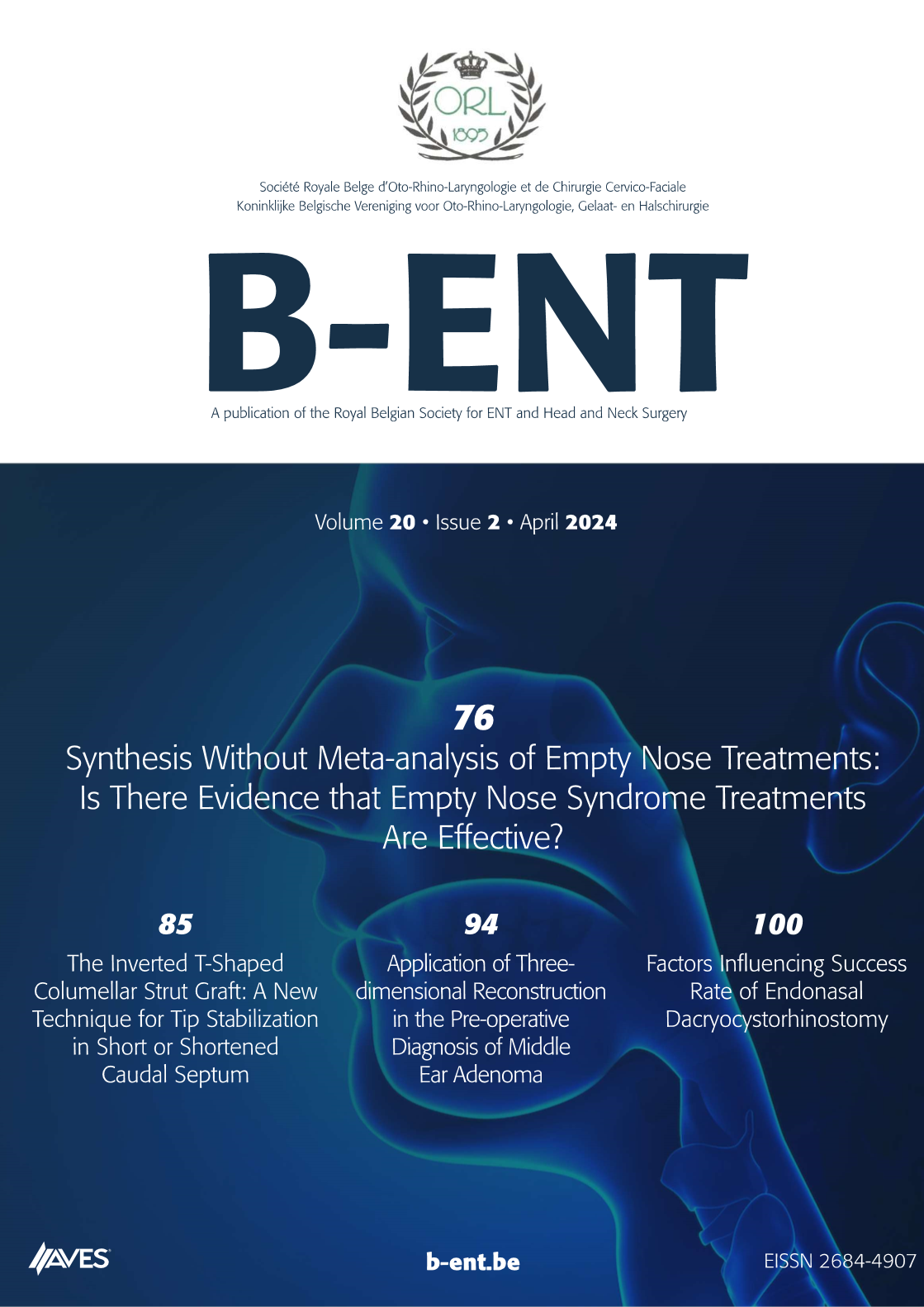Management of facial nerve paralysis in noncholesteatomatous chronic otitis media. Objective: The objective of this study was to analyse the clinical presentations, treatment course, and outcomes for patients treated for chronic otitis media associated with facial paralysis in noncholesteatomatous ears.
Methodology: The present study looked at 13 patients (10 men, 3 women; ranging in age from 15 to 59 years) treated for facial paralysis due to chronic otitis media without cholesteatoma.
Results: Six patients had dehiscence of the fallopian canal whereas the bony canal was intact in the remaining patients. Decompression of the facial nerve was not performed in 5 of the 7 ears with an intact fallopian canal. Four ears underwent total decompression from the geniculate ganglion to the stylomastoid foramen, while the remaining 4 ears underwent partial nerve decompression. However, statistical analysis did not show any difference in recovery between the patients with surgical decompression and those without decompression (p = 0.171). All the patients not receiving decompression had successful outcomes (80% classified as Grade I and 20% as Grade II).
Conclusion: All patients not receiving decompression had successful outcomes. Intravenous antibiotic treatment in conjunction with steroid therapy is the mainstay management of facial paralysis due to chronic otitis media without cholesteatoma. It is therefore not necessary to decompress the facial nerve in cases of facial paralysis in noncholesteatomatous chronic otitis media.



.png)
